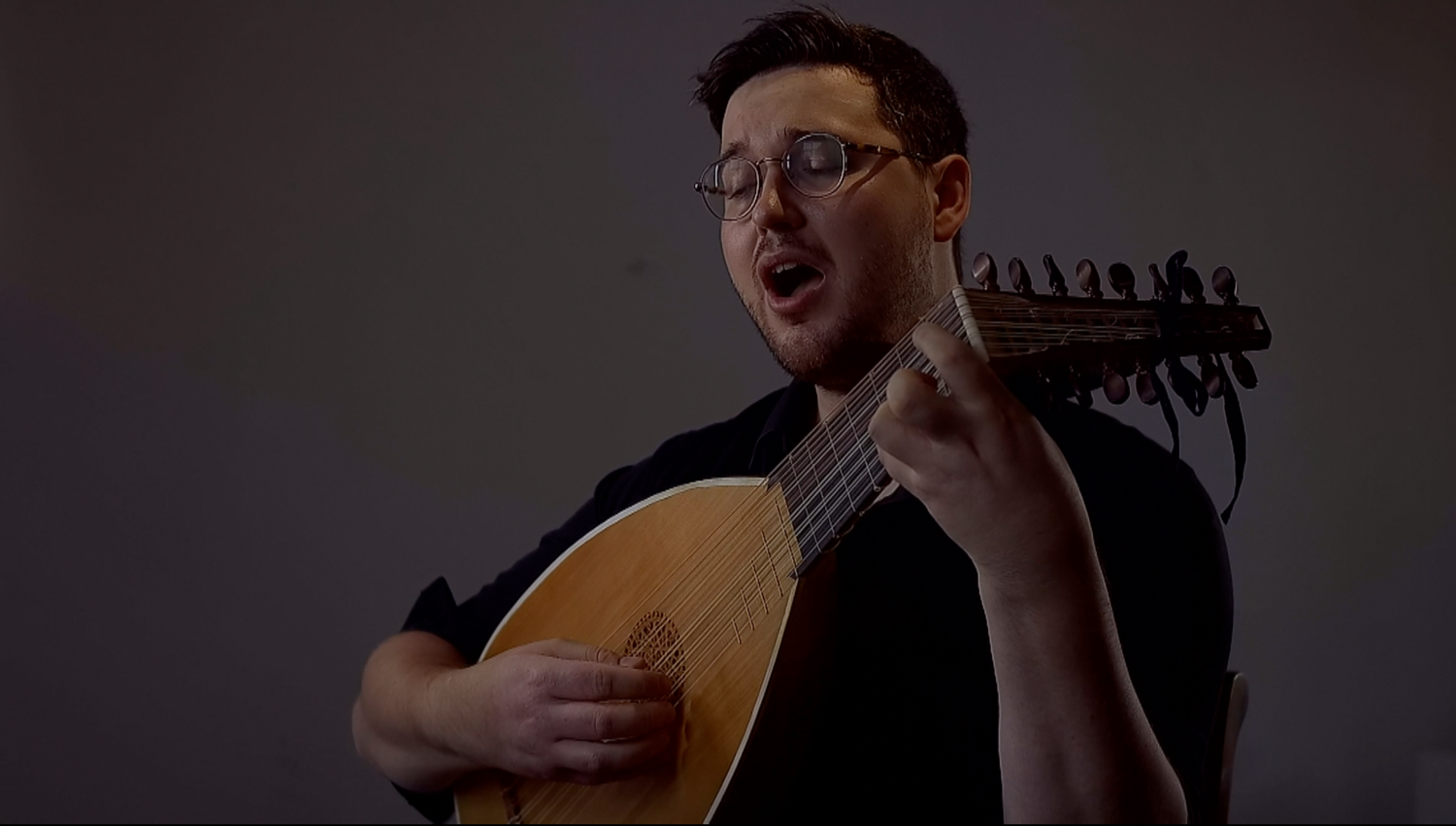Lascia Ch’io Pianga (as?) Sung by Signora Isabella in the Opera of Rinaldo
- Tim Braithwaite

- Jan 16, 2021
- 2 min read
Updated: Jan 17, 2021
The extract below is from William Babbel’s ‘Suits of the most Celebrated Lessons’ (1717) shows a transcription for keyboard of the famous aria ‘Lascia ch’io pianga’ from Handel’s Rinaldo, first performed in 1711 by the Italian soprano Isabella Girardeau.
Immediately obvious is the immensely florid ornamentation meticulously notated by Babbel, a particularly talented student of Handel himself according to Mattheson, as well as the prominent reference to Signora Girardeau.
To what extent are these ornaments representative of the way that the aria may have been sung in the early eighteenth century? Certainly some of the more florid ornaments are particularly idiomatic to the keyboard, but all of the smaller notated inflections have their parallels in eighteenth-century singing tutors.
Below is a relevant extract from Emily Baines’ magnificent thesis, ‘The Ghost in the Machine,’ which compares the ornamentation found in mechanical musical instruments to those documented in vocal sources in the eighteenth century:
‘The level of small-scale ornamentation is high throughout, in keeping with what has been seen previously, though it is perhaps surprising in longer works, where one might imagine the audience tiring of the intricacy. However, it seems that these ornaments really were considered to be an essential part of the articulation and expression, rather than optional decorations...It is important to remember, at this point, that all the ornaments used in the Holland organ (and Clay clocks), and their placing, are described in treatises regarding performance throughout the late seventeenth and eighteenth centuries. Therefore, there is nothing in this style which ostensibly disagrees with what is already known of historical performance style. If there are aspects of the style which are surprising to a historical performer therefore, it must be considered that there may be ways in which twentieth and twenty-first-century practitioners have misunderstood or misinterpreted written texts and there has been an underestimation of the extent to which eighteenth-century taste allowed for intricate filigree decoration.’
A recording can be found here, chosen mostly for the handy rolling score which appears on screen:


Footnotes
Emily Baines, “The Ghost in the Machine: The Role of Mechanical Musical Instruments as Primary Sources for Eighteenth-Century Performance Practice in England, and an Examination of the Style(s) Contained Therein.” (2017).
William Babbel, Suits of the Most Celebrated Lessons (London: John Walsh, 1717).




Comments